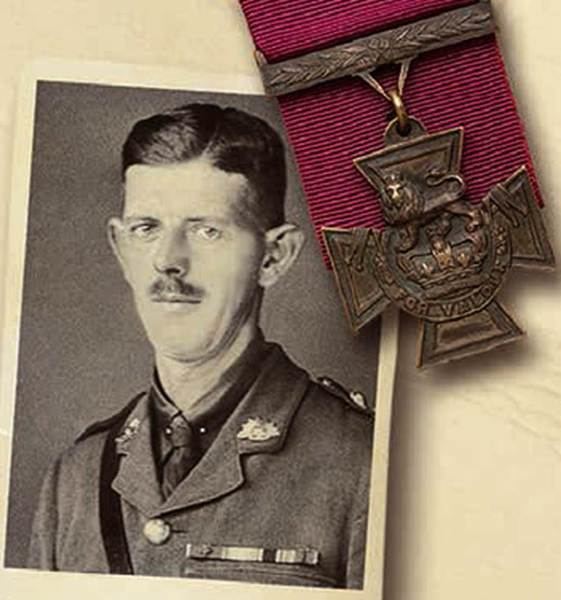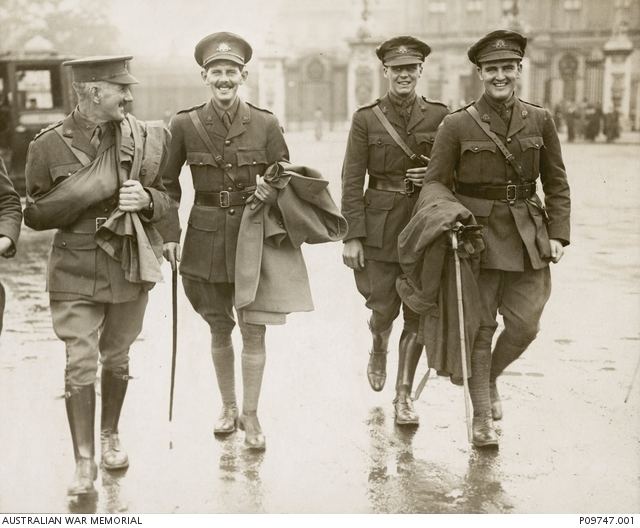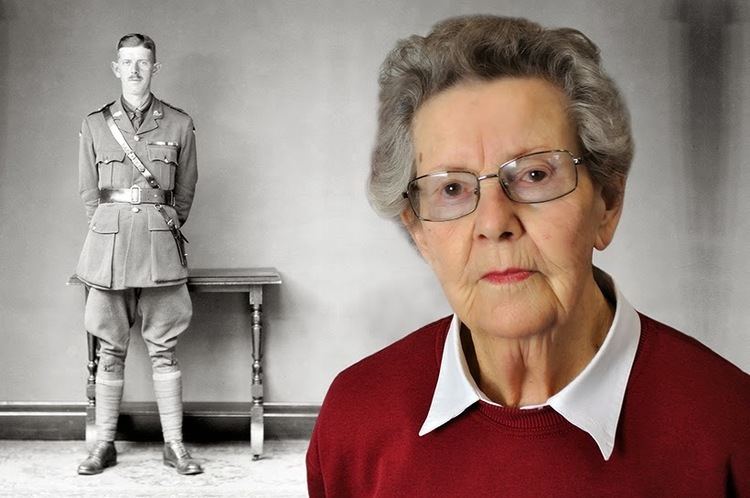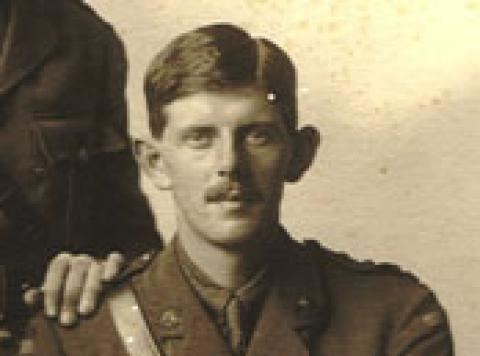Allegiance Australia | Name Arthur Blackburn Role Soldier | |
 | ||
Commands held Black Force2/3rd Machine Gun Battalion Battles/wars First World WarGallipoli CampaignWestern FrontBattle of the SommeBattle of PozieresSecond World WarNorth African CampaignSyria-Lebanon CampaignDutch East Indies campaign Died November 24, 1960, Crafers, Australia Similar People He Yingqin, Hein ter Poorten, Douglas Haig - 1st Earl Haig, Hitoshi Imamura, Hubert Gough | ||
Brigadier Arthur Seaforth Blackburn, (25 November 1892 – 24 November 1960) was a South Australian soldier, lawyer, politician, and an Australian recipient of the Victoria Cross, the highest award for gallantry in the face of the enemy that can be awarded to British and Commonwealth forces.
Contents
- Early life
- Gallipoli
- Western Front
- Between the wars
- Second World War
- Later life
- Honours and awards
- References

Early life

Blackburn was born on 25 November 1892 at Woodville, South Australia. His parents were the cleric and entomologist Thomas Blackburn and his wife Margaret Harriette Stewart, née Browne. He was educated at Pulteney Grammar School, the Collegiate School of St Peter and the University of Adelaide (LL.B., 1913).
Gallipoli

In 1914, Private Blackburn, a 21-year-old lawyer from Adelaide, was among the first to enlist in the "Fighting 10th" Battalion, and as a battalion scout he was among the first to land at Anzac Cove on 25 April 1915. Australia's official First World War historian, Charles Bean, noted that Blackburn, with Lance Corporal Robin, probably made it further inland than any other Australian soldiers "whose movements are known". Blackburn was commissioned as a second lieutenant at Gallipoli in August 1915, and served there for almost the entire campaign.
Western Front

On 23 July 1916, at Pozières, France, the 23-year-old second lieutenant led an attack for which he was awarded the Victoria Cross. Blackburn was directed with 50 men to drive the enemy from a strong point. By great determination he captured 250 yards of trench, after personally leading four separate parties of bombers against it, many of whom became casualties. Then after crawling forward with a sergeant to reconnoitre, he returned, attacked again, and seized another 120 yards of trench to establish communication with the battalion on his left.
Blackburn returned to Australia on 22 March 1917, married Rose Ada Kelly, and was discharged on medical grounds soon after.
Between the wars
Blackburn returned to legal practice and took an active part in the pro-conscription campaigns. During 1918–21 he was National Party member for Sturt in the South Australian House of Assembly; he did not seek re-election in 1921.
Blackburn was a founding member of the Returned Sailors', Soldiers' and Airmen's Imperial League in South Australia, where he served as president of the State branch from 1917–21. He joined the militia in 1924.
In 1933–47 Blackburn was city coroner, in which office he encountered and ignored criticism for refusing to offer public explanation for any decision not to hold an inquest.
Second World War
In 1939, Blackburn was promoted to lieutenant colonel and took command of a motorised cavalry regiment, the 18th Light Horse (Machine Gun) Regiment. He ceased legal practice in 1940. He was appointed to command the 2/3rd Machine Gun Battalion, which fought under his command in Syria against the Vichy French in 1941. Blackburn, as the senior Allied officer present, accepted the surrender of Damascus on 21 June, and after the campaign was a member of the Allied Control Commission for Syria.
In February 1942, Blackburn landed with a small Australian force in Java. There he was promoted to brigadier and appointed to command 'Black Force', to assist the Dutch against the rapid Japanese advance.
After three weeks' vigorous but fruitless resistance, and in spite of Blackburn's reluctance, the Allied forces surrendered on 9 March 1942. Blackburn was the senior officer of the Black Force prisoner group, which included 300 Australian seamen from HMAS Perth. He remained a prisoner of war until September 1945 when he was liberated in Mukden, Manchuria, weak but not broken in health. In 1946 he was made a Commander of the Order of the British Empire for his distinguished service in Java. He received his discharge in 1946.
Later life
In 1947–55 Blackburn served as a conciliation commissioner in the Commonwealth Court of Conciliation and Arbitration, and again as State president of the RSL from 1946–1949.
For his services to the community, he was appointed a Companion of the Order of St Michael and St George in 1955.
Blackburn died on 24 November 1960 at Crafers, South Australia from a ruptured aneurism of the common iliac artery, and was buried in the Australian Imperial Force section of Adelaide's West Terrace Cemetery. His Victoria Cross is displayed at the Australian War Memorial, Canberra.
He was a freemason.
Honours and awards
Blackburn was awarded:
